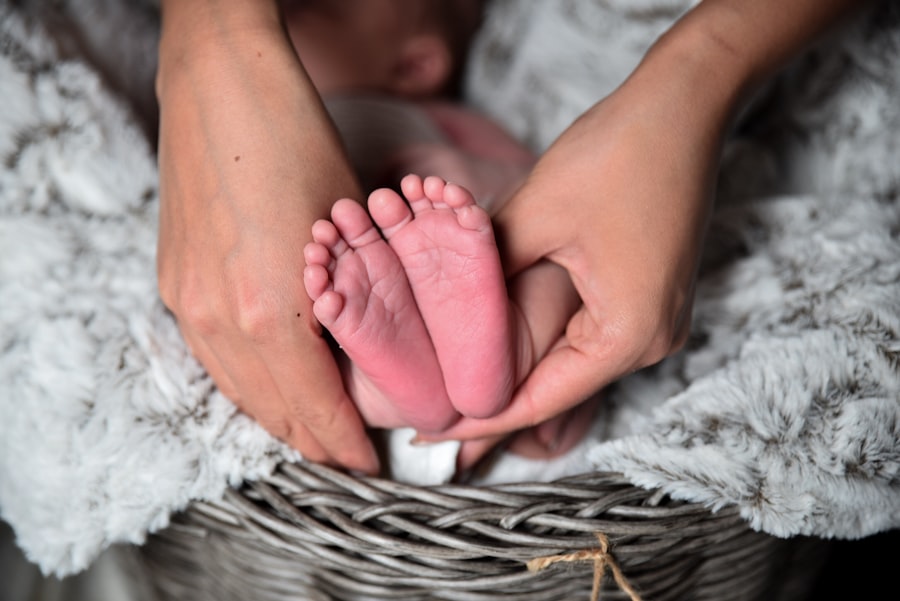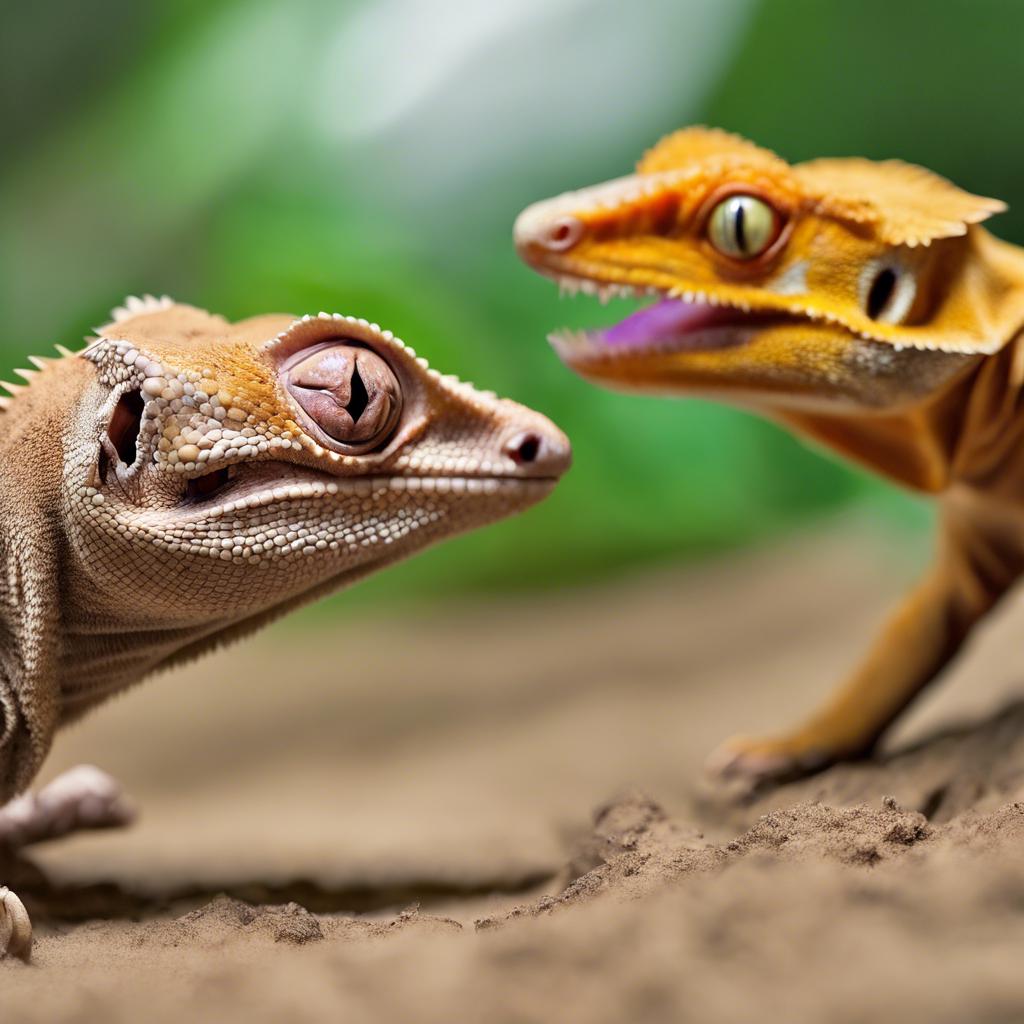Bearded dragons have become increasingly popular as pets in recent years. These reptiles are known for their unique appearance and docile nature, making them a favorite among reptile enthusiasts. In this article, we will explore the physical characteristics, natural habitat, diet and feeding habits, temperament and behavior, lifespan and health concerns, housing and enclosure requirements, as well as the care needed for bearded dragons. By the end of this article, you will have a better understanding of whether a bearded dragon is the right pet for you.
Key Takeaways
- Bearded dragons are popular pets due to their docile nature and unique appearance.
- They require a warm and dry environment with access to UVB lighting for proper health.
- Bearded dragons are omnivores and require a varied diet of insects and vegetables.
- They are social animals and enjoy interaction with their owners.
- Proper care and maintenance of their enclosure is crucial for their overall health and lifespan.
Physical Characteristics
Bearded dragons are medium-sized lizards that can grow up to 24 inches in length. They have a triangular-shaped head with rows of spiky scales that resemble a beard, hence their name. These scales can change color depending on their mood or temperature. Bearded dragons have a flat body with a row of spines running down their back and sides. They also have long, slender limbs with sharp claws that they use for climbing and digging.
One of the most fascinating aspects of bearded dragons is their wide range of color variations. They can come in shades of brown, tan, yellow, orange, and even red. Some bearded dragons have patterns or markings on their bodies, while others may have solid colors. The coloration of a bearded dragon can also change depending on its environment or mood. This makes them not only visually appealing but also highly adaptable to different surroundings.
Natural Habitat
Bearded dragons are native to the arid regions of Australia. They are found in the deserts, woodlands, and scrublands of this continent. These reptiles are well adapted to the harsh conditions of their natural habitat. They thrive in hot and dry climates with plenty of sunlight. Bearded dragons are excellent climbers and can often be found basking on rocks or tree branches to soak up the sun's rays.
In the wild, bearded dragons are known to dig burrows in the sand or soil to escape the extreme temperatures and predators. These burrows provide them with shelter and protection. Bearded dragons are also excellent swimmers and can be found near water sources such as rivers or streams. They are opportunistic feeders and will eat a variety of insects, small vertebrates, and vegetation.
Diet and Feeding Habits
Bearded dragons are omnivorous, meaning they eat both plant matter and animal protein. In captivity, their diet should consist of a variety of insects such as crickets, mealworms, and dubia roaches. These insects should be gut-loaded with nutritious food before being fed to the bearded dragon. It is important to provide a balanced diet that includes a variety of insects to ensure they receive all the necessary nutrients.
In addition to insects, bearded dragons should also be offered a variety of leafy greens and vegetables. Some suitable options include collard greens, kale, dandelion greens, squash, and bell peppers. It is important to avoid feeding them toxic plants such as avocado or rhubarb. Bearded dragons should also have access to fresh water at all times.
Temperament and Behavior
Bearded dragons are known for their docile nature and ease of handling. They are generally friendly and can become quite tame with regular handling. These reptiles are not prone to aggression and rarely bite unless they feel threatened or stressed. However, it is important to note that each individual bearded dragon may have its own unique personality.
Bearded dragons are diurnal, which means they are active during the day and sleep at night. They spend a significant amount of time basking under a heat source to regulate their body temperature. They are also known for their head-bobbing behavior, which is a form of communication or territorial display. Bearded dragons may also puff out their beard and flatten their body to appear larger when they feel threatened.
Lifespan and Health Concerns

Bearded dragons have a relatively long lifespan compared to other reptiles. With proper care, they can live up to 10-15 years in captivity. However, it is important to note that their lifespan can be influenced by various factors such as genetics, diet, and overall health.
Like any pet, bearded dragons are susceptible to certain health concerns. Some common health issues include metabolic bone disease, respiratory infections, parasites, and impaction. Metabolic bone disease can occur if the bearded dragon does not receive enough calcium or vitamin D3 in its diet. Respiratory infections can be caused by poor husbandry or exposure to drafts. Parasites such as mites or worms can also affect the health of bearded dragons. Impaction can occur if the bearded dragon ingests substrate or foreign objects.
To prevent these health concerns, it is important to provide a proper diet, maintain the correct temperature and humidity levels in their enclosure, and ensure they have a clean and safe environment. Regular veterinary check-ups are also recommended to monitor their overall health.
Housing and Enclosure Requirements
Bearded dragons require a spacious enclosure that mimics their natural habitat. A 40-gallon tank is the minimum size recommended for an adult bearded dragon, but larger enclosures are preferred. The enclosure should have a secure lid to prevent escape and provide adequate ventilation.
Inside the enclosure, you will need to provide a basking area with a heat source such as a heat lamp or ceramic heat emitter. This area should reach a temperature of around 95-105°F (35-40°C) during the day. The other side of the enclosure should have a cooler area with a temperature of around 75-85°F (24-29°C). It is important to provide a temperature gradient so that the bearded dragon can regulate its body temperature.
Bearded Dragon Care: Lighting, Heating, and Humidity
Proper lighting and heating are essential for the health and well-being of bearded dragons. They require both UVA and UVB light to metabolize calcium and maintain strong bones. A full-spectrum UVB light should be provided for 10-12 hours a day. This can be achieved with a fluorescent tube or a mercury vapor bulb.
In addition to lighting, bearded dragons also require a heat source to maintain their body temperature. This can be provided with a heat lamp or ceramic heat emitter. The basking area should reach a temperature of around 95-105°F (35-40°C), while the cooler side of the enclosure should have a temperature of around 75-85°F (24-29°C). It is important to monitor the temperatures regularly to ensure they are within the appropriate range.
Humidity levels in the enclosure should be kept relatively low, around 30-40%. Bearded dragons are adapted to arid environments and high humidity can lead to respiratory issues. However, it is important to provide a shallow water dish for them to drink from and soak in if desired.
Bearded Dragon Care: Substrate, Decor, and Cleaning
When it comes to substrate, there are several options available for bearded dragons. Some common choices include reptile carpet, newspaper, paper towels, or tile. It is important to avoid loose substrates such as sand or wood chips as they can be ingested and cause impaction.
Bearded dragons also benefit from having decor and toys in their enclosure for enrichment. This can include branches, rocks, hides, and climbing structures. These items provide them with opportunities for exercise and mental stimulation.
Regular cleaning of the enclosure is necessary to maintain a healthy environment for your bearded dragon. Spot cleaning should be done daily to remove any feces or uneaten food. The entire enclosure should be thoroughly cleaned and disinfected on a regular basis. This includes removing all substrate, cleaning the enclosure with a reptile-safe disinfectant, and replacing with fresh substrate.
Which One is Right for You?
In conclusion, bearded dragons make fascinating and rewarding pets for those who are willing to provide the necessary care and attention. They have unique physical characteristics, thrive in a specific natural habitat, require a balanced diet, exhibit docile behavior, and have specific housing and care requirements.
Before deciding to bring a bearded dragon into your home, it is important to consider if you have the time, resources, and commitment to provide for their needs. They require a significant investment in terms of time, money, and space. However, for those who are willing to put in the effort, bearded dragons can make wonderful companions.
If you are considering getting a bearded dragon as a pet, it is recommended to do further research and consult with experienced reptile owners or veterinarians. There are many resources available online and in books that can provide more detailed information on the care and husbandry of bearded dragons. By educating yourself and understanding their needs, you can ensure that you are providing the best possible care for your bearded dragon.
If you're trying to decide between a crested gecko and a bearded dragon as your next reptile pet, you may want to check out this informative article on Reptile Wizard's website. The article compares the two popular reptile species, highlighting their differences in terms of care requirements, temperament, and suitability as pets. It's a great resource for anyone looking to make an informed decision about which reptile would be the best fit for their lifestyle. Click here to read the full article and discover which reptile might be the perfect addition to your home.
FAQs
What is a crested gecko?
A crested gecko is a small, arboreal lizard native to New Caledonia. They are popular pets due to their unique appearance and ease of care.
What is a bearded dragon?
A bearded dragon is a medium-sized lizard native to Australia. They are popular pets due to their docile nature and ease of care.
What are the differences between a crested gecko and a bearded dragon?
Crested geckos are smaller and more arboreal, while bearded dragons are larger and more terrestrial. Crested geckos are primarily insectivores, while bearded dragons are omnivores. Crested geckos do not require UVB lighting, while bearded dragons do.
Which is easier to care for, a crested gecko or a bearded dragon?
Both crested geckos and bearded dragons are relatively easy to care for, but crested geckos may be slightly easier due to their smaller size and lack of UVB lighting requirements.
Which is better for beginners, a crested gecko or a bearded dragon?
Both crested geckos and bearded dragons can make good pets for beginners, but crested geckos may be slightly better due to their smaller size and lower maintenance requirements.
Which is more expensive, a crested gecko or a bearded dragon?
The cost of a crested gecko or a bearded dragon can vary depending on factors such as age, morph, and breeder. Generally, bearded dragons are more expensive due to their larger size and higher demand.

